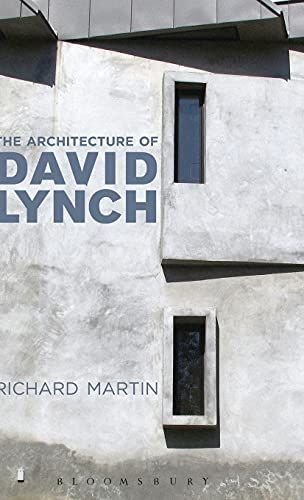
The Architecture of David Lynch
"Home to some of the most remarkable spaces in contemporary culture, the cinema of David Lynch demonstrates an acute awareness of architecture. From the urban wastelands of Eraserhead to the eerie Red Room in Twin Peaks, Lynch's architecture is anxious, absurd and utterly distinct. Contemporary architects such as Peter Eisenman, Frank Gehry and Jean Nouvel have responded to these spaces in fascinating ways.This book is the first sustained critical assessment of the role architecture and design play in Lynch's films. What can be learnt about Lynch's films by examining the architecture we see within them? What can be learnt about architecture, especially the spatial developments of post-war America, by examining Lynch's films?Drawing on primary research in¡âodâz, London, Los Angeles, Paris and Philadelphia, the book is structured around the prime symbolic spaces found in Lynch's work: the small town, the city, the home, the road, and the stage. A final chapter deals with the singular architecture of Lynch's latest film, Inland Empire, a complex work yet to receive sufficient critical explication. Alongside a broad set of literary, cinematic and artistic comparisons, a diverse range of urban and architectural theorists, including Mike Davis, Jane Jacobs and Richard Sennett, are discussed in a new context.The Architecture of David Lynch will emphasise key architects such as Rem Koolhaas, Le Corbusier, Adolf Loos, Richard Neutra, Jean Nouvel and Frank Lloyd Wright to show how Lynch's films enable us to understand contemporary architecture and demonstrates that Lynch's work prompts a reconsideration of how European modernism has been translated across the Atlantic"--